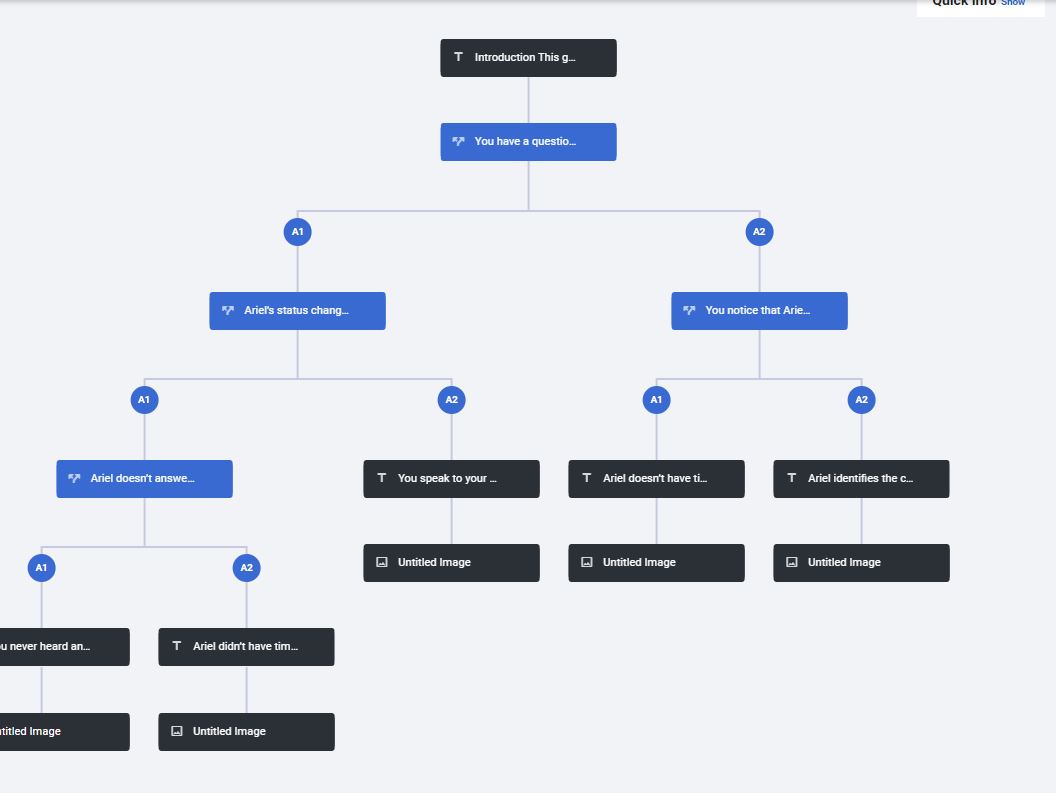Branching scenarios offer a dynamic way to build engagement and improve retention. Have you tried them?
Innovation and engagement are key areas that CFTEA continues to focus on as we move into 2022.
Branching scenarios are an interactive way to display content and test the knowledge of learners by challenging them in making a decision and observing how they react to the consequences. Each screen presents new situations and new choices.
Branching scenarios also create more vivid material for your learners to engage with. Because they usually involve some degree of story-telling, learners connect more strongly with learning outcomes. They also improve situational awareness, as learners must usually factor in several competing priorities and consequences as they search for the appropriate response. A scenario that asks an employee to choose which of several unhappy customers to serve first probably won’t end with everyone happy, but it will help that employee learn how to make the best of a bad situation.
As a dynamic, engaging method for evaluating learner understanding, branching scenarios are a valuable tool for many educators. They’re also popular among learners, as they are far more engaging and effective than multiple-choice assessments.
Obviously, because of the time and complexity involved, they won’t work for every learning outcome or in every application. But for any course hoping to build a certain skill, develop decision-making, or train responses to challenging situations, they’re an exciting and invaluable resource.
In our new course – Instant Messaging in the Workplace – learners are provided with a scenario that leads to various different outcomes. Instant Messaging in the Workplace is one of a number of courses in our new Effective Communication Certificate. We are pleased to introduce this new feature and will spend more time discussing scenario branching at our 2022 Leaders Conference in North Conway, NH in September.
Branching scenarios cons:
- Branching scenarios take longer to design and test than linear models.
- They can quickly become highly complex, making it easier to create a flawed outcome.
- The added time and complexity involved in designing a branching scenario adds to the overall cost of course creation.
Branching scenarios pros:
- Learners must actively think through their decision-making process.
- They better prepare learners for complex, real-time interactions.
- Learners can retake a scenario to find a better outcome without encountering the same material on their first attempt.

